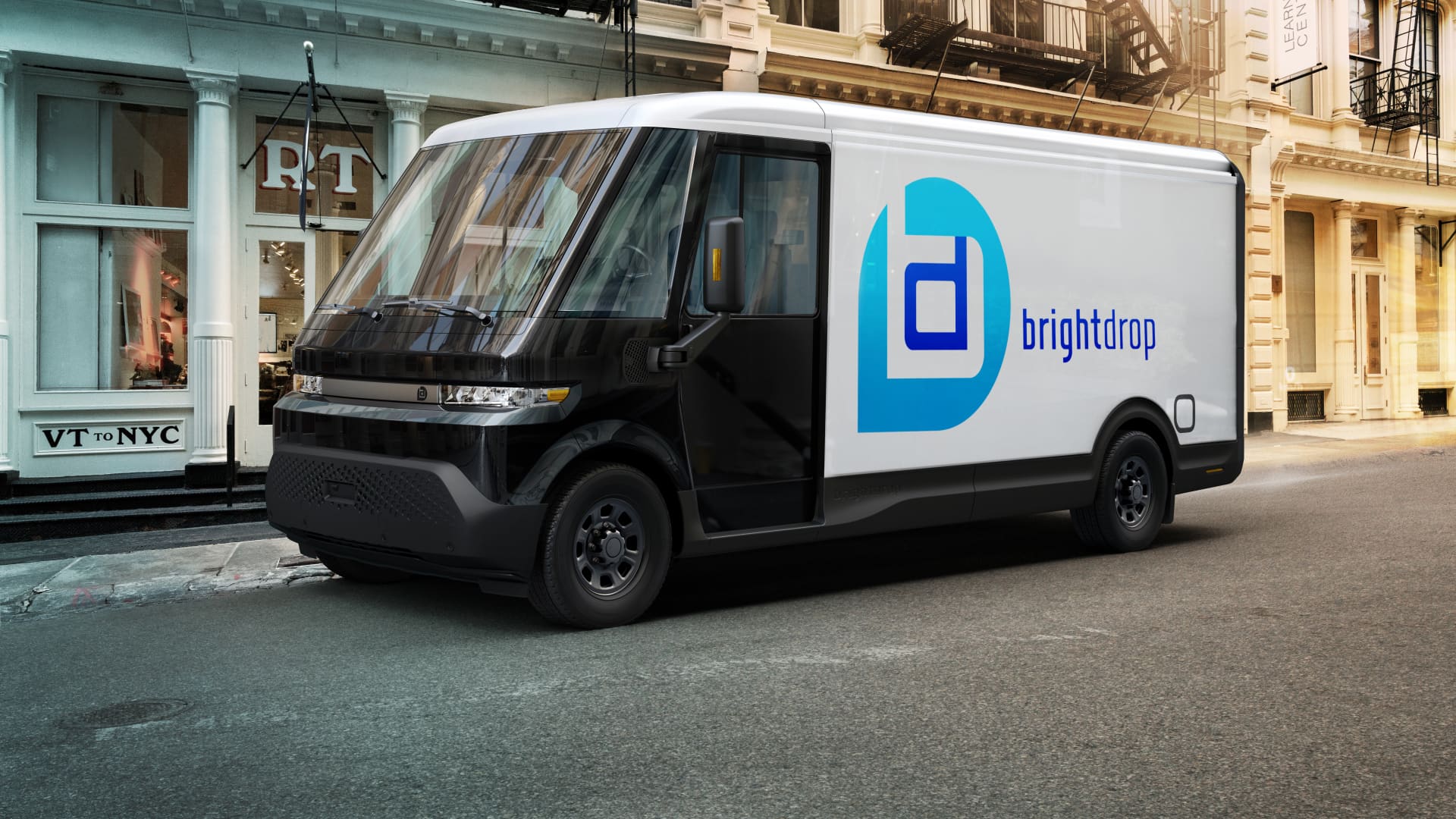
The Shifting Sands of the EV Market: GM’s Canadian Plant Idling Highlights Industry Challenges
The electric vehicle (EV) revolution is often portrayed as a relentless march toward a sustainable future. However, the reality is far more nuanced, a complex interplay of technological advancements, consumer adoption rates, and unpredictable market forces. Recent news from General Motors serves as a stark reminder of this complexity, highlighting the inherent risks and challenges in this rapidly evolving sector.
GM’s decision to significantly cut production and subsequently idle its Canadian plant dedicated to the BrightDrop electric delivery van program is a significant event, sending ripples throughout the automotive industry and beyond. The stated reason – “market demand” – is a deceptively simple explanation for a multifaceted problem. While the burgeoning EV market shows immense promise, it’s far from uniform across all vehicle segments.
The commercial delivery van market, while experiencing growth in EV adoption, is likely facing a slower transition than the passenger vehicle market. Several factors contribute to this slower pace. Firstly, the upfront cost of electric vans remains a considerable barrier for many businesses. While long-term savings on fuel and maintenance are attractive, the immediate investment can be daunting, especially for smaller companies operating on tight budgets.
Secondly, range anxiety, while less of a concern for shorter delivery routes, still plays a role. Businesses need to ensure their vans have sufficient range to complete their daily tasks without needing frequent charging stops, which can disrupt operations and impact efficiency. Charging infrastructure, although expanding, still lags behind the demands of a fully electrified commercial fleet in many regions.
Furthermore, the current economic climate plays a substantial role. Rising interest rates and concerns about a potential recession are impacting business investment decisions. Companies might delay large capital expenditures like purchasing new electric vehicles, opting instead for more cost-effective, albeit less sustainable, solutions in the short term.
GM’s move is not necessarily an indicator of the ultimate failure of electric delivery vans. Instead, it’s a strategic adjustment reflecting the current realities of the market. It underscores the need for a more flexible and adaptable approach to EV production, one that can respond to fluctuating demand and evolving market dynamics.
The idling of the Canadian plant also raises broader questions about the long-term viability of EV manufacturing in certain regions. Government incentives and investment strategies play a crucial role in attracting EV manufacturing and creating a supportive ecosystem. The success of these strategies requires a careful balance between fostering innovation and ensuring the long-term sustainability of the industry.
Looking ahead, the EV landscape is poised for continued transformation. Technological advancements, like improved battery technology and faster charging infrastructure, will undoubtedly play a pivotal role in overcoming some of the current challenges. However, success will also hinge on a keen understanding of market demand, strategic planning, and the ability to adapt to unforeseen circumstances. GM’s decision serves as a powerful reminder that the path to widespread EV adoption is not a straight line, but rather a complex and evolving journey. Navigating this journey successfully requires foresight, flexibility, and a willingness to adjust course as needed.



Leave a Reply